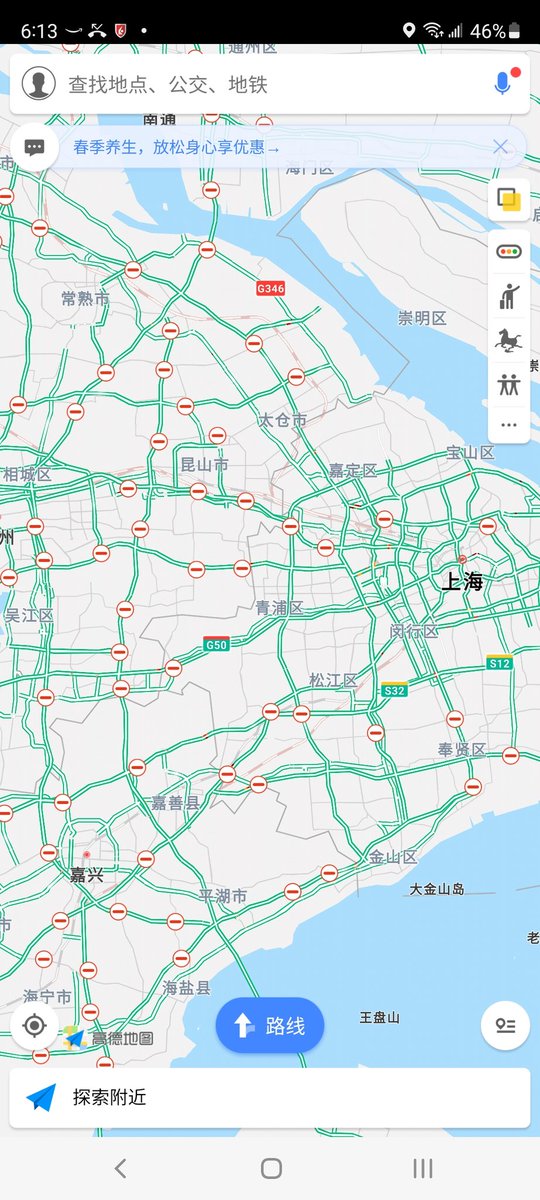The podcast is out! Watch this episode with @badams78 on recent market moves and on COVID19 vaccines.
https://twitter.com/badams78/status/1310584440792383489
An important question is what vaccines to take if you have a choice. Prof. Florian Krammer did an excellent review of major vaccines that are likely to be available soon here.
The best combo right now are
Pfizer mRNA and Novavax.
The best combo right now are
Pfizer mRNA and Novavax.
https://twitter.com/florian_krammer/status/1310435247243304962?s=20
Pfizer mRNA (two doses) likely to be available sooner than other vaccine candidate (other than Moderna).
Novavax induces really high antibody response (so could be very good booster shot in a year).
Novavax induces really high antibody response (so could be very good booster shot in a year).
most of the 1st-gen vaccines will lack mucosol immunity, meaning they will not block the spread nor infection. they will make COVID19 into a mild cold.
https://twitter.com/florian_krammer/status/1310428768994033664?s=20
seniors (65+ yo) will benefit most from the vaccines, and fortunately appear to suffer the least amount of side effects.
but they also have the weakest response. so booster shots may be needed sooner than younger folks.
but they also have the weakest response. so booster shots may be needed sooner than younger folks.
astrazeneca vaccine is probably good only for a single-two-dose use, because one would develop immunity to the adenovirus, making it less useful to used repeatedly as booster shots.
This is especially important for senior folks.
This is especially important for senior folks.
for the US, both Moderna and Pfizer vaccines absolutely need two doses to generate protective immunity.. and their need for expensive dry-ice storage/transportation potentially make them too expensive in the long run, i.e. beyond the initial wave of vaccination.
Long-term needs for COVID-19 booster shots in the next 5 years are probably best met by recombinant protein vaccines, like Novavax.
provided no unexpected hiccups in their clinical trial, $NVAX has the best prospect of long-term upside , given current available data.
provided no unexpected hiccups in their clinical trial, $NVAX has the best prospect of long-term upside , given current available data.
• • •
Missing some Tweet in this thread? You can try to
force a refresh











